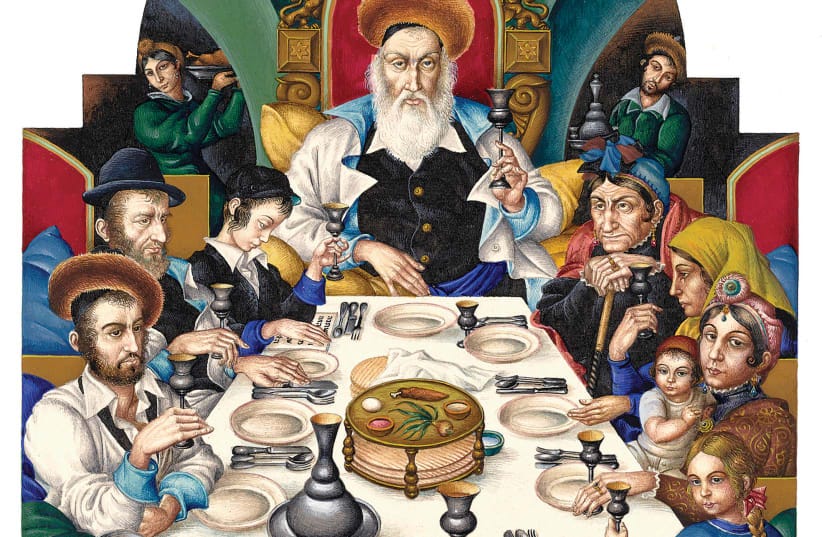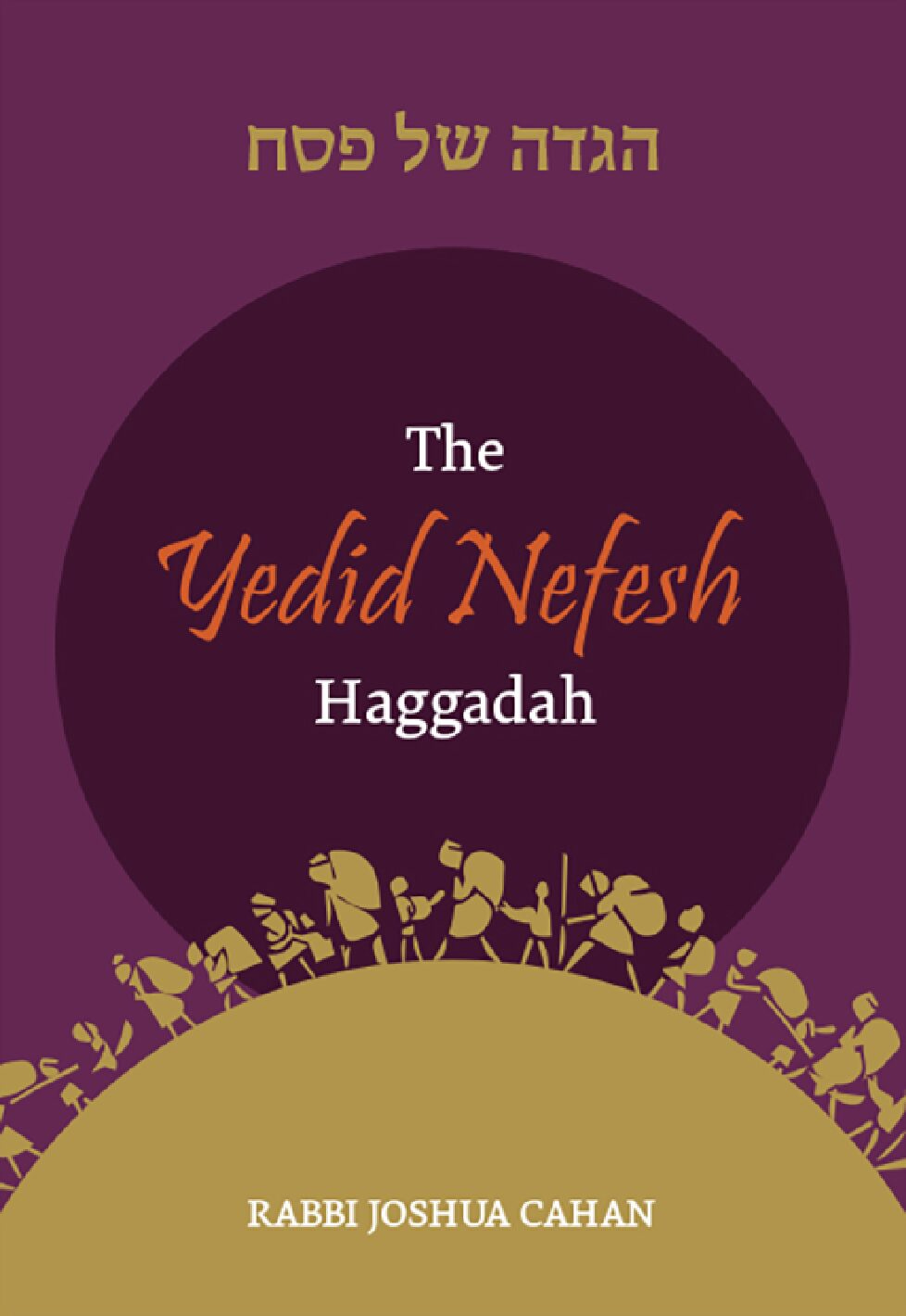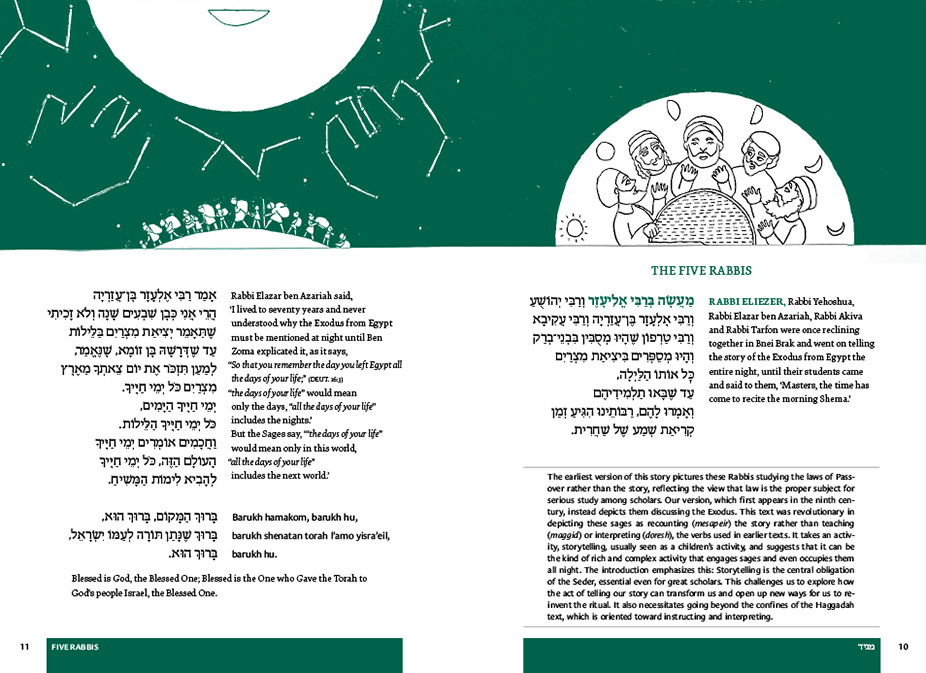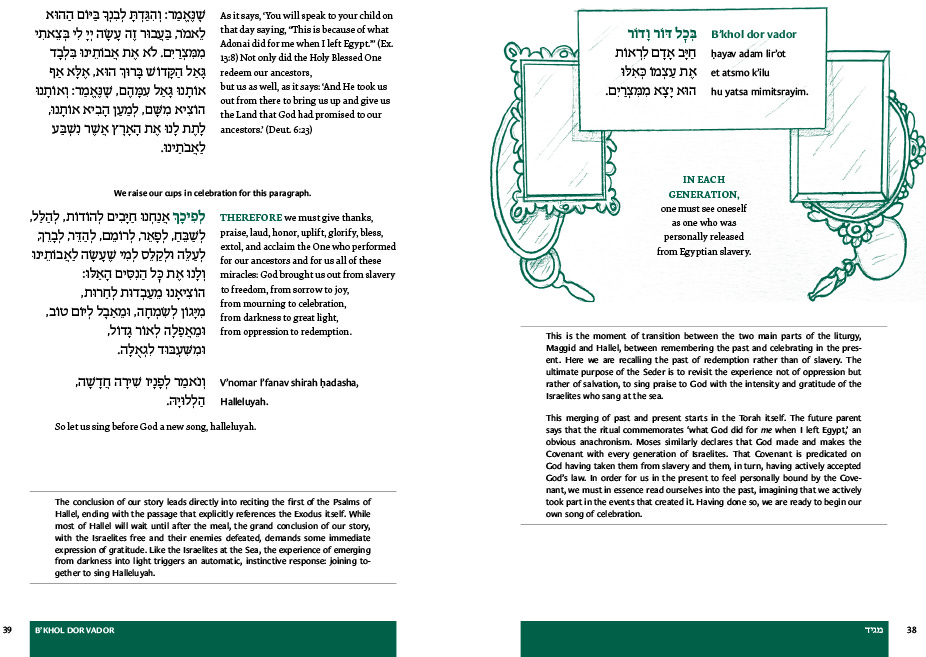
Seder means order. When things in Hebrew are b’seder, that means that they are all set, or at least okay. Perhaps Eliezer Ben-Yehuda and his team of linguists based this on the German phrase “alles in ordnung — “everything is in order,” which is a very German thing to say indeed.
But the Passover seder is anything but orderly. As a two-millennium old, child-focused family-program-qua-national-identity-dinner-party, it is more often an experiment in organized chaos.
The rabbis of the Talmud knew that in order to coax our little rascals into asking questions, creative measures would be required:
Why does one remove the table [at the seder]? The school of Rabbi Yannai say: So that the children will notice that something is unusual and they will ask: Why is this night different from all other nights? —Babylonian Talmud, Pesachim 115b
Most of the chaos of the seder is, in fact, on purpose — to surprise and elicit questions from children so that they can learn. While I haven’t yet been to a seder where the table is removed, I have experienced plays, parody songs, charades, contests, and all manner of diversions to keep the guests engaged. Our own home even featured a sensory-slime seder plate, followed by a non-liturgical yet incredibly necessary handwashing.
This type of outside-the-box seder creativity is also featured many contemporary Haggadot, which often attempt to be humorous, topical, or filled with “activities” in order to encourage learning and create memories.
This novel creativity is at once traditional and welcome. But it also emerges out of another source of chaos — the Haggadah itself. Incredibly familiar yet painfully obscure, the traditional text follows an age-old associative mind map, leaving the Judaically-underinitiated child (or adult) in need of either an activity book or a rapidly-exiting table to stem their growing shpilkes.
In facing the chaos of the seder, Rabbi Joshua Cahan is a true friend — a yedid. His new Yedid Nefesh Haggadah (2024) forgoes this activity-driven style, devoting itself to the worthy task of bringing order to the traditional text.
This Haggadah is not one to plop noisily on the floor or crowd the table. Light, accessible, and even available spiral-bound, it is a user-friendly seder companion with ample translation, transliteration, and graceful illustration.
Rabbi Cahan includes many practical features in the front matter, including an abbreviated seder guide, a commentary-rich seder plate map, and a seder preparation checklist. The text itself is the main course of the meal, with helpful frameworks and titles (such as “The Four Answers” and “Math Games”) to give order and structure to the Haggdah’s inner mind. Rabbi Cahan’s comments, framed humbly next to the honored liturgy, are informative and thought-provoking side-dishes, meant for quiet reflection as much as reading aloud.
The Yedid Nefesh Hagaddah includes modest additions to the traditional text, including an alternative response to the wicked son and a modern Hebrew text honoring Miriam the Prophetess. While the anonymity of its author is surely a compliment, future editions should mention Rabbi Leila Gal Berner, the composer of this complimentary feminist liturgy so aptly paired with Elijah’s classic song. And all of us are indebted to Rabbi Deborah Sacks Mintz for weaving it into a great melody:
On the problems of liturgy, Rabbi Abraham Joshua Heschel famously wrote: “A revision of the prayer book will not solve the crisis of prayer. What we need is a revision of the soul, a new heart rather than a new text.”
As spiritual unfamiliarity with the Haggadah yields to Jews building pyramids of new activities and spectacles, Rabbi Cahan’s new Haggadah instead charts the path of inner revision, giving the reader a new heart with which to tame the seder’s Hebraic chaos, the insight to walk on dry ground through its mishnaic seas, and the confidence to leave Egypt once again.
The Yedid Nefesh Haggadah is available to order on Amazon and Haggadahs-R-Us.







Matt, I appreciate your introducing this new hagada...I'll have to check it out.
Regarding Leila Gal Berner's Miriam text, it's great that others are setting it to new melodies. Mary Feinsinger also set those words to a new melody.
You may not be aware that Berner initially designed it to work with the traditional Eliyahu Hanavi tune (which requires a repeat of 4 bars--Miryam tirkod itanu). This is included in the Adding Our Voices collection that is part of the Soundscape Synagogue archive of Hannover University in Germany. It's not yet ready for public use. Here's a description of the project: http://www.reclaimingjudaism.org/node/742
A new U.S.-based Reclaiming Judaism website is currently under construction. Once either/both websites are ready for the public, I'll make an announcement on Hazzanet. It would be wonderful if you could take a look at it them, and comment on it in your blog.
I am the project's Music Notation Editor, so I can email you the notation if you'd like to see how the text works with the tune. The first publication of this text & music notation (as far as I know) was in the Reconstructionist Press's Kol Haneshama Shirim Uvrachot (Songs, Blessings & Rituals for the Home), 1991.
Cantor Anita Schubert
This was very refreshing to read and helped me understand something: there are many beautiful, wonderful and fascinating haggadot, but you've presented one that actually works at table. There's surely room to put food on the table and not need three hands to manage everything.